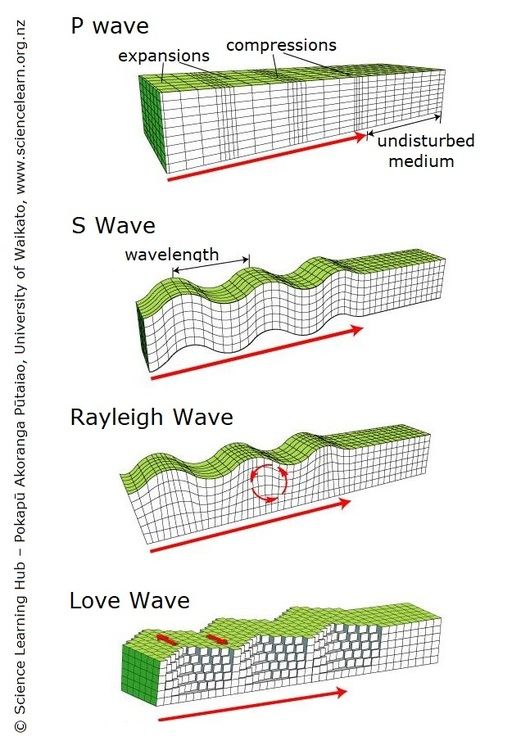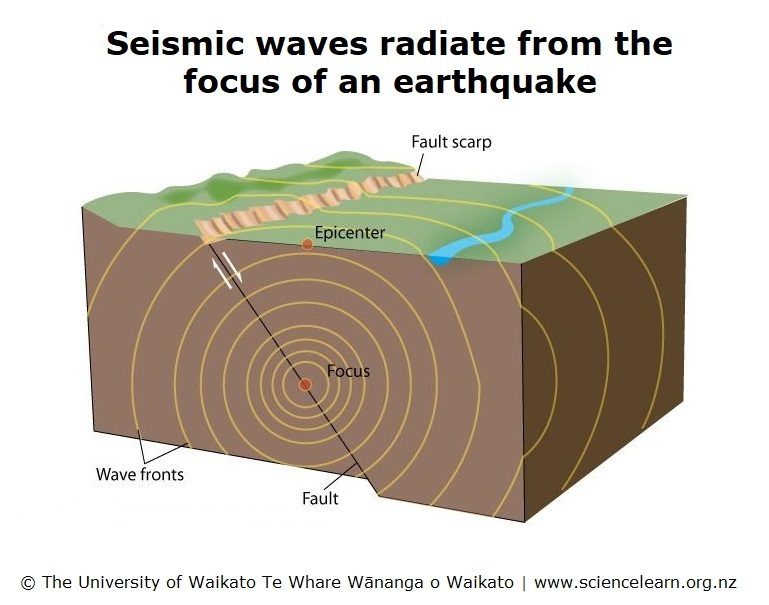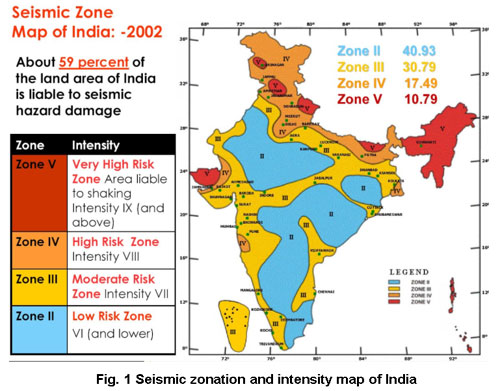
In News
Recently, earthquakes of various magnitudes have hit Assam.
Major Highlights
- The main tremor had a magnitude of 6.4 on the Richter scale and other shocks ranged from 3.2 to 4.7.
- The preliminary analysis shows that the events are located near to Kopili Fault closer to Himalayan Frontal Thrust (HFT).
- The Kopili Fault is a 300-km northwest-southeast trending fault from the Bhutan Himalaya to the Burmese arc.
- Fault is a fracture along which the blocks of crust on either side have moved relative to one another parallel to the fracture.
- When an earthquake occurs on one of these faults, the rock on one side of the fault slips with respect to the other, which can be vertical, horizontal, or at some angle to the surface of the earth.
- The Kopili Fault is a 300-km northwest-southeast trending fault from the Bhutan Himalaya to the Burmese arc.

(Image Courtesy: Britannica)
- HFT, also known as the Main Frontal Thrust (MFT), is a geological fault along the boundary of the Indian and Eurasian tectonic plates.
- The area is seismically very active and falls in the highest Seismic Hazard zone V and is associated with collisional tectonics where Indian plate subducts beneath the Eurasian Plate.
- The Northeast is located in the highest seismological zone because continuous tectonic stress keeps building up particularly along the faultlines.
- The region has seen several moderate to large earthquakes and the worst of them was the great Assam-Tibet Earthquake (magnitude of 8.6) that occurred on Independence Day in 1950.
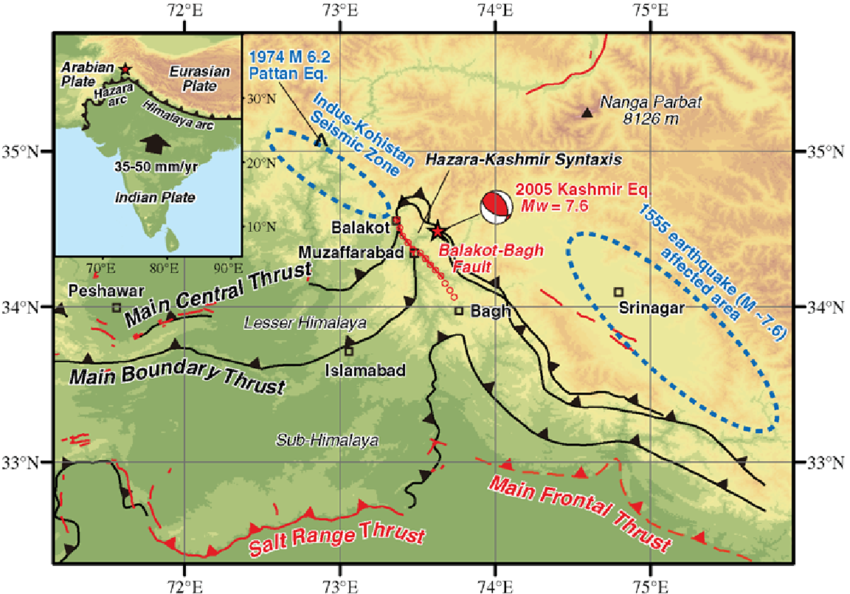
(Image Courtesy: RG)
Earthquake
- It is the shaking of the surface of the Earth which results in a sudden release of energy in the Earth’s lithosphere (rocky outer part of the Earth) that creates seismic waves.
- They are caused by the slow deformation of the outer, brittle portions of tectonic plates, the earth’s outermost layer of crust and upper mantle.
- Due to the heating and cooling of the rock below these plates, the resulting convection causes the adjacently overlying plates to move or deform (under great stress).
- An earthquake’s point of initial rupture is called its hypocenter or focus. The epicentre is the point at ground level directly above the hypocenter.
- It is measured in Richter scale.
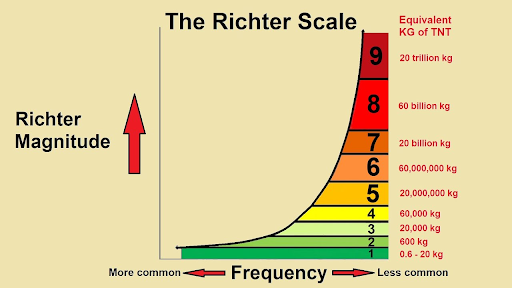
(Image Courtesy: YT)
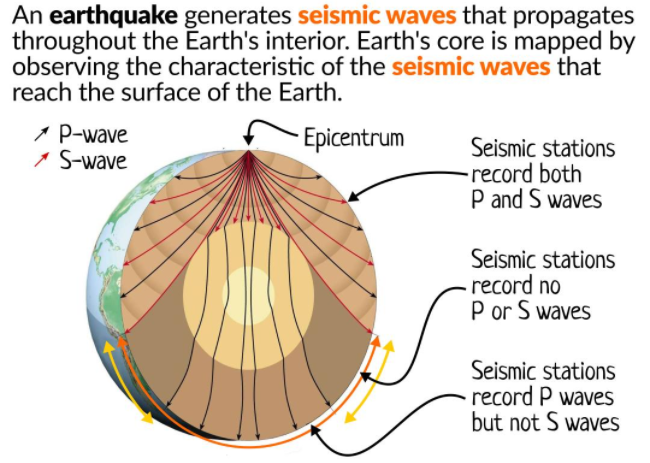
(Image Courtesy: FE)
|
Seismic Waves
(Image Courtesy: SLH) Indian Seismic Zones
(Image Courtesy: NIDM) |
Source: IE
Previous article
Groundwater Depletion In India
Next article
Heat Waves
